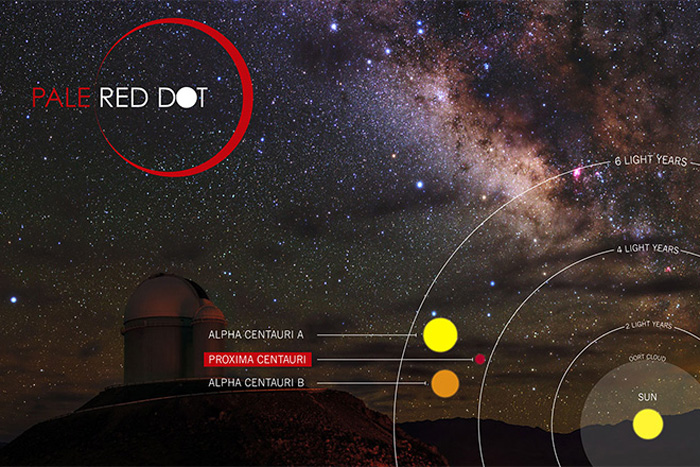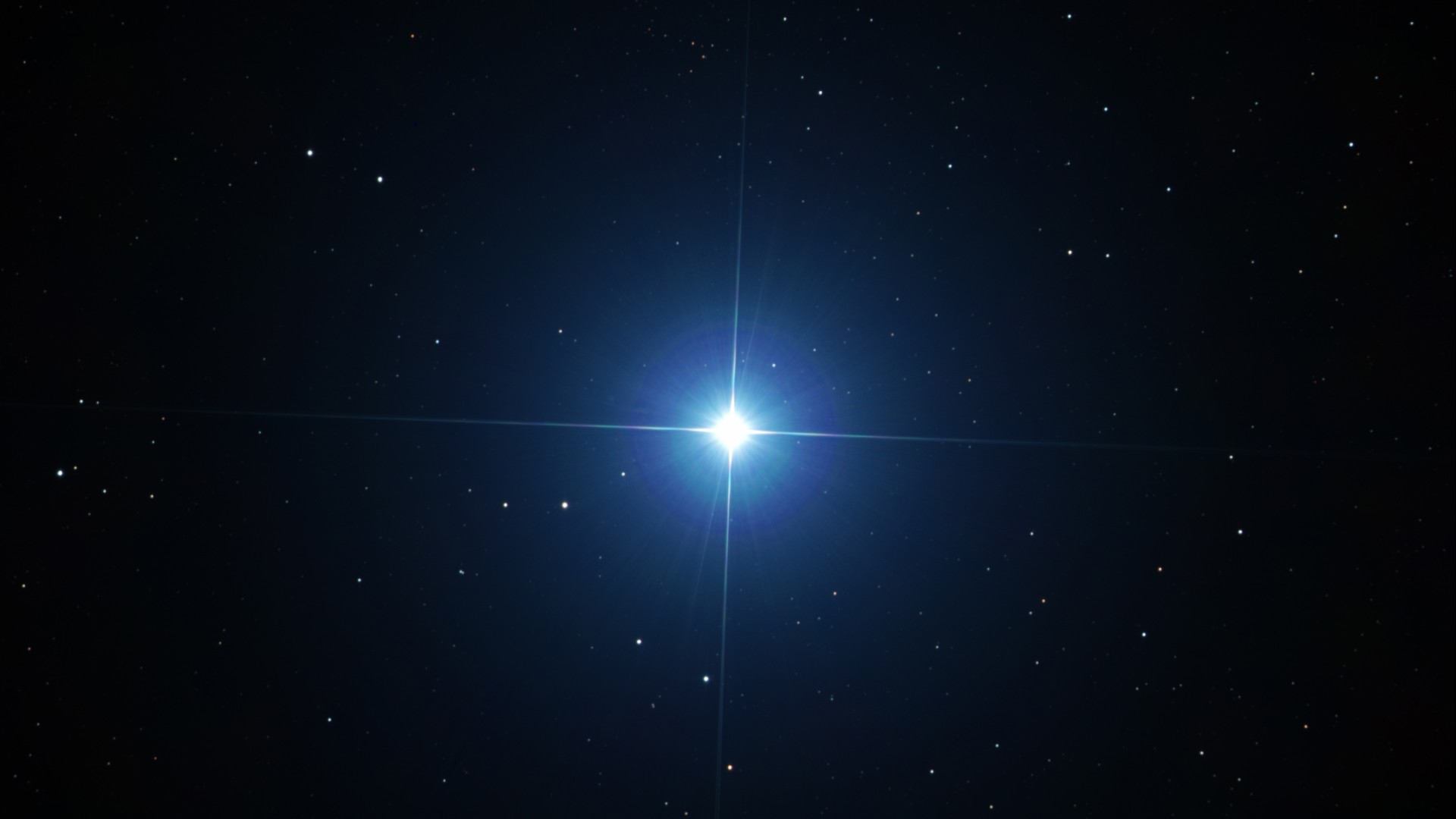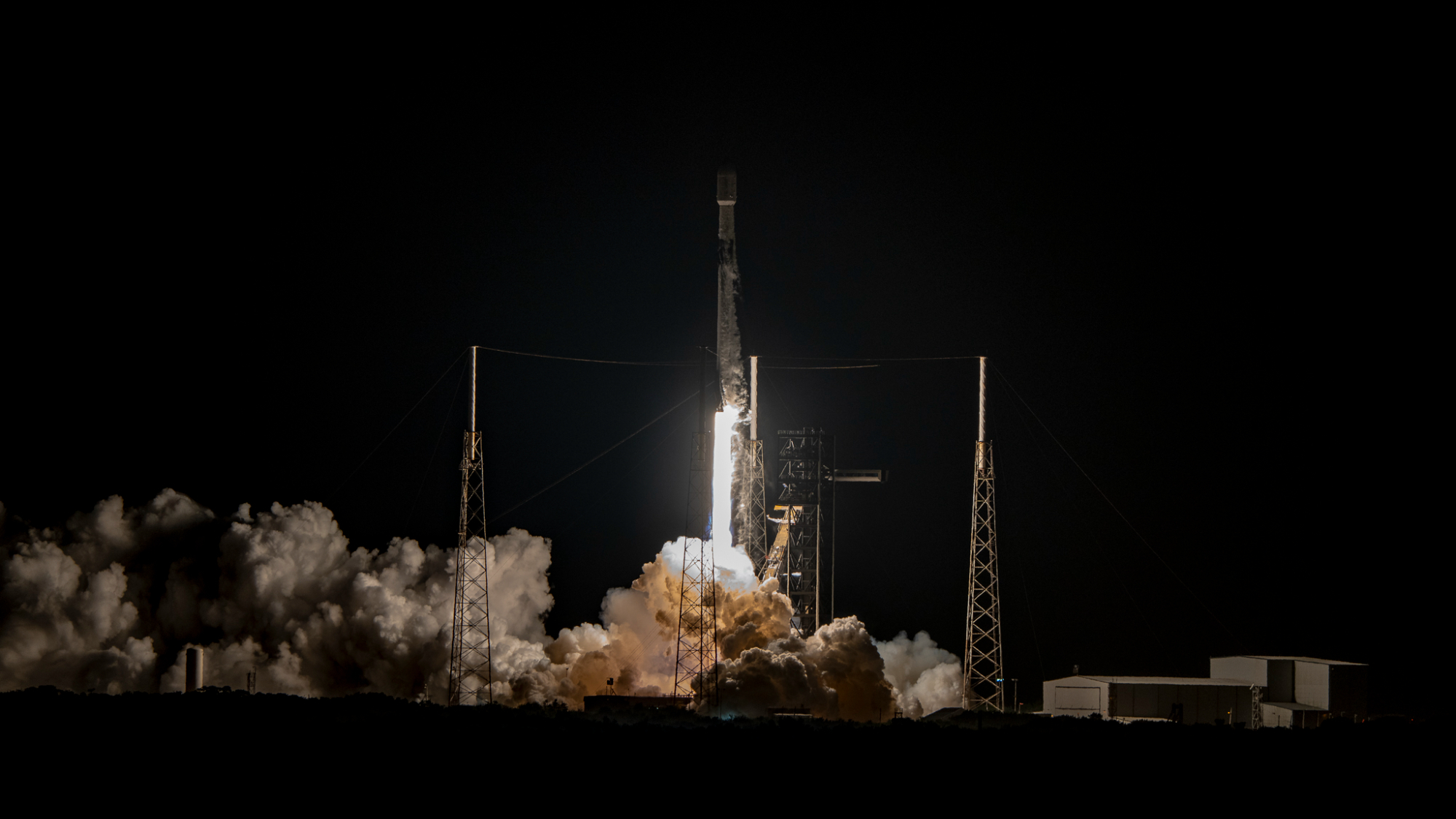Searching for Earth 2.0 Around a Neighboring Star

Are there Earth-like planets in a neighboring star system? A new campaign called “Pale Red Dot” aims to show the public in real-time how to push astronomy to its limits to possibly find out.
PHOTOS: Cosmos Snaps Into Dazzling Focus With Hubble Upgrade
The project will try to find a relatively tiny world around a star. Proxima Centauri is just four light-years away — a “pale red dot” dwarf star — and will be scrutinized in detail for three months, using a well-known planet-searching instrument in Chile.
You can follow along as HARPS, which is a part of the 3.6-meter telescope at La Silla Observatory, stares at the star until April. There’s a blog as well as a Twitter hashtag (#PaleRedDot). The astronomers bill it as a way to show how science is done, but caution they must make sure not to release any data too early.
“Obviously a major risk for the science is that we do not want to release results from our observations before they have been thoroughly checked and peer reviewed,” said Guillem Anglada, the project coordinator of Pale Red Dot, in an e-mail to Discovery News.
NEWS: Alpha Centauri to Bend Starlight for Planet Hunt
“The data we capture is held securely and we will only release our analysis of the results of the data after the normal scientific peer review process. During the campaign, the public will be able to monitor the progress of observations through the website, Twitter and Facebook, but will not have access to the data themselves.”
Get the Space.com Newsletter
Breaking space news, the latest updates on rocket launches, skywatching events and more!

It’s also possible that other teams could find an exoplanet there before they do, but Anglada’s team believes the risk is low. Several other searches at Proxima Centauri came up short, and they feel the chance of somebody using similar observational power is low.
GALLERY: The Fastest Starship to Proxima Centauri?
The team is pretty sure that they won’t see planets of 2-3 times Earth’s mass in the habitable zone of Proxima, but it’s possible they can find something close to Earth’s mass or smaller. HARPS looks at the gravitational wobbles a planet induces in its star. This technique only yields how long the orbit is and how eccentric it is, but not information such as density — something that is usually only possible using measurements if the planet passes in front of the star.
There aren’t many nearby star or planet systems to us. Kapteyn’s star is 13 light-years away and has two planets of about 5 and 7 Earth masses. Gliese 581 is also relatively close (20 light-years), with several planets being considered. Reports of a planet around Alpha Centauri, a close neighbor to Proxima Centauri, are currently under intense dispute.
The search is doing two new things: having HARPS stare at a star every day for two months, and also tying in with other systems to get photometry (light curves) on the star. The photometry reveals how active the star is, which can affect the certainty of the radial velocity predictions for obits.
HARPS has been a busy planet-hunting instrument, with some of its notable finds including finding planets close to Earth’s size. The European Southern Observatory is also building the European Extremely Large Telescope, whose mirror is so big that it may be able to look at the atmospheres of larger planets.
Originally published on Discovery News.
Join our Space Forums to keep talking space on the latest missions, night sky and more! And if you have a news tip, correction or comment, let us know at: community@space.com.

Elizabeth Howell (she/her), Ph.D., was a staff writer in the spaceflight channel between 2022 and 2024 specializing in Canadian space news. She was contributing writer for Space.com for 10 years from 2012 to 2024. Elizabeth's reporting includes multiple exclusives with the White House, leading world coverage about a lost-and-found space tomato on the International Space Station, witnessing five human spaceflight launches on two continents, flying parabolic, working inside a spacesuit, and participating in a simulated Mars mission. Her latest book, "Why Am I Taller?" (ECW Press, 2022) is co-written with astronaut Dave Williams.









